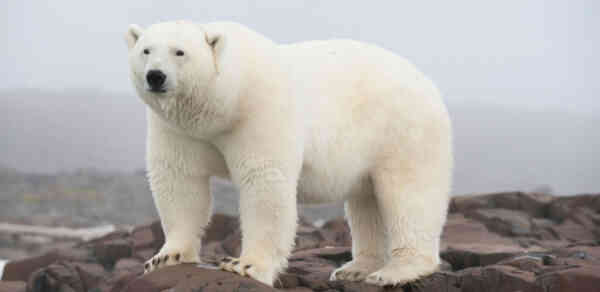The Great Arctic Reserve is a unique place. This corner of nature is carefully protected by the state, and it serves a good purpose, helping to preserve and better study the most diverse forms of life. True, all local inhabitants are adapted only to a cold climate – this applies to both flora and fauna. You can’t just get here, but everyone who wants to see this place with their own eyes can ask the administration for information.
Interesting facts about the Great Arctic Reserve
- On most of its territory there are no people at all, with the exception of the workers of the reserve.
- The Great Arctic Reserve ranks 3rd in the world in terms of area, and 1st in Eurasia.
- Most of the territory of the Arctic Reserve lies on the mainland, on the shores of the Arctic Ocean, but partly it is also located on the islands.
- The area of the Great Arctic Reserve is impressive – as much as 41,692 square kilometers. This is more than the area of countries such as Switzerland, Armenia, Albania or Belgium (interesting facts about Switzerland).
- In summer, especially brave tourists can take part in rafting along the rivers flowing in the reserve. The route along the Efremov River is popular.
- Many parts of the Great Arctic Reserve can only be reached by helicopter. On foot, in theory, it is also possible, but in practice even experienced rangers do not dare to do this – it is too dangerous.
- The reserve lies entirely in the subarctic and arctic climate zone. Partly tundra, partly cold deserts (interesting facts about deserts).
- More than 160 species of plants and 89 different mosses grow in the Great Arctic Reserve, most of which are rare.
- The most a large and at the same time dangerous inhabitant of the Arctic reserve is the polar bear.
- The entire territory of the reserve is located on permafrost, and in some places the freezing depth reaches 700 meters.
- Of the 124 species of birds found in the Great Arctic reserve, 55 constantly nest here.
